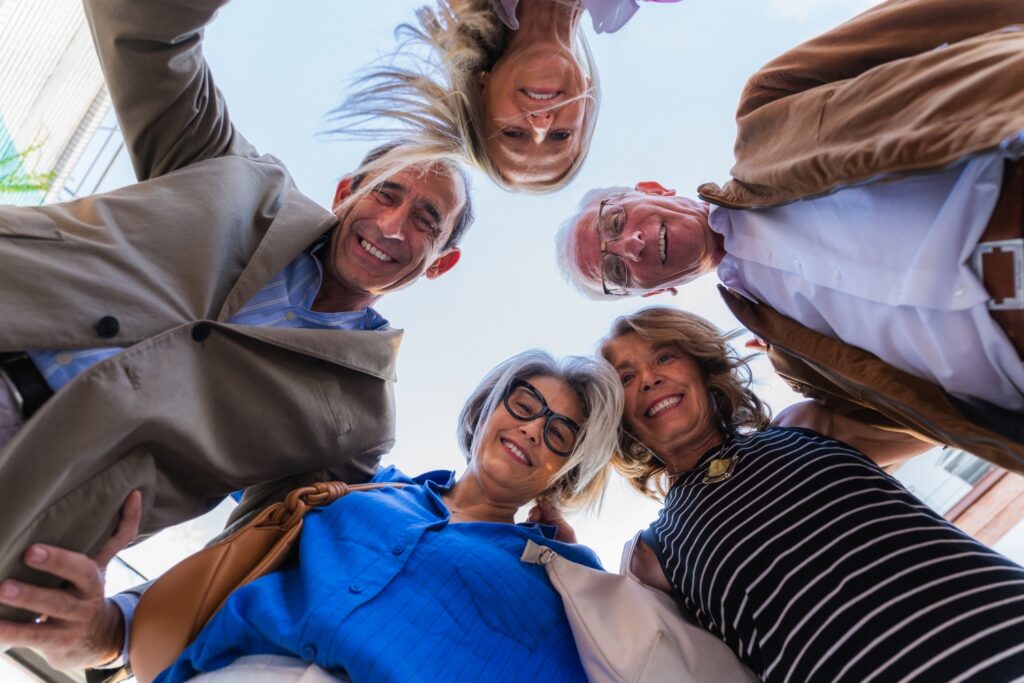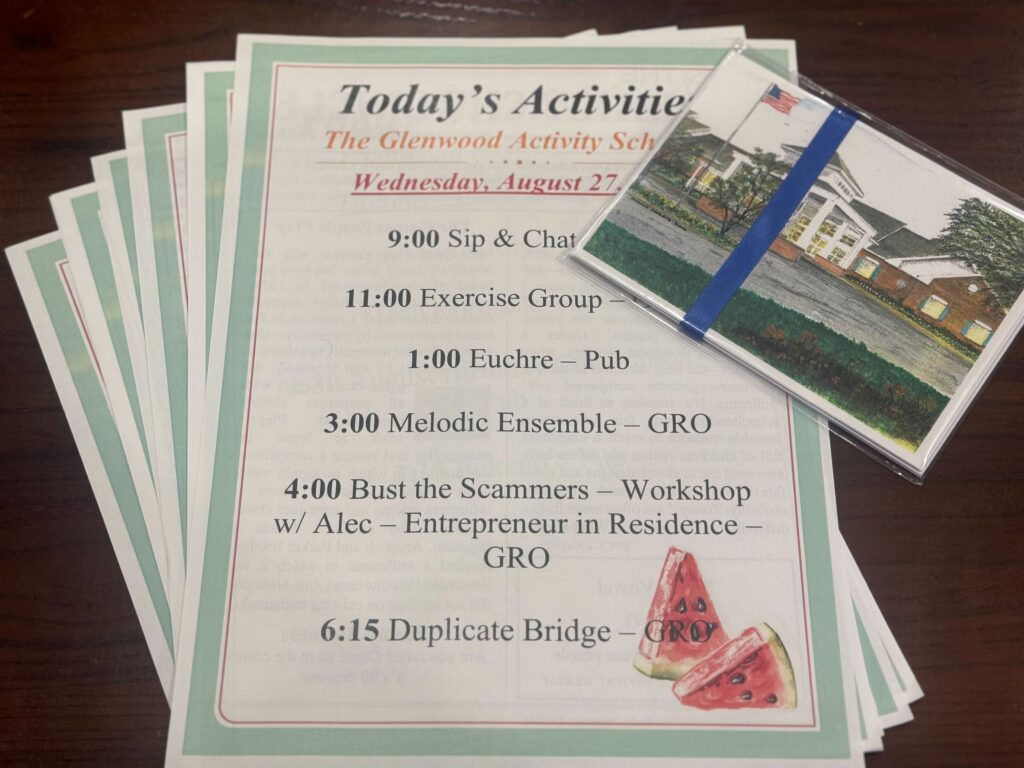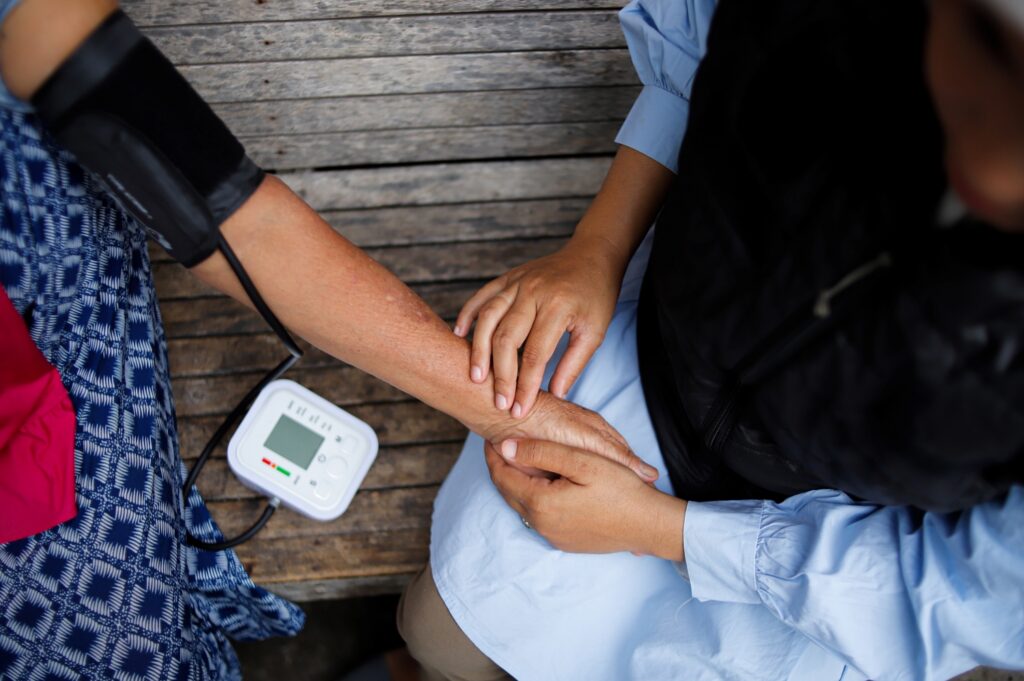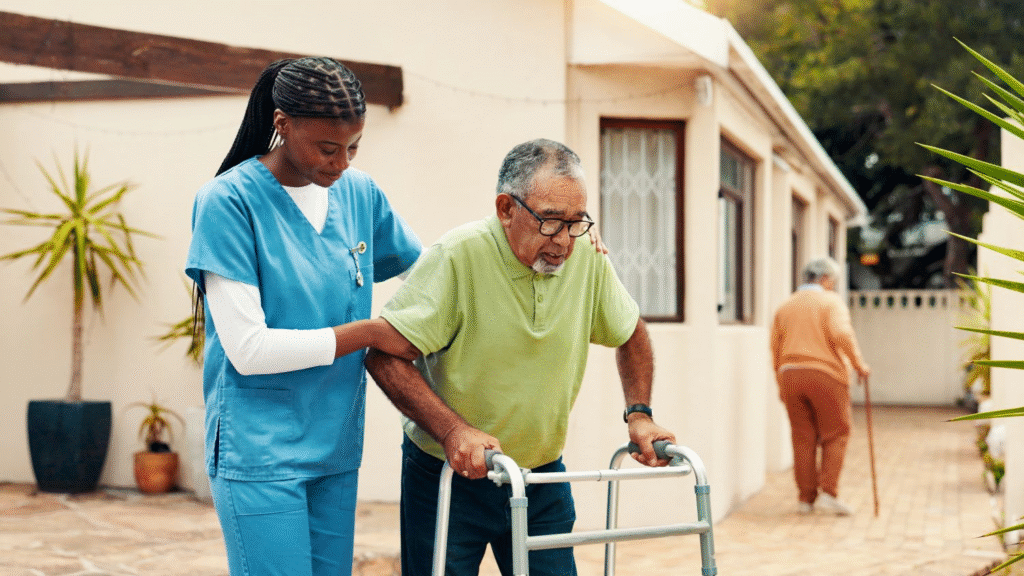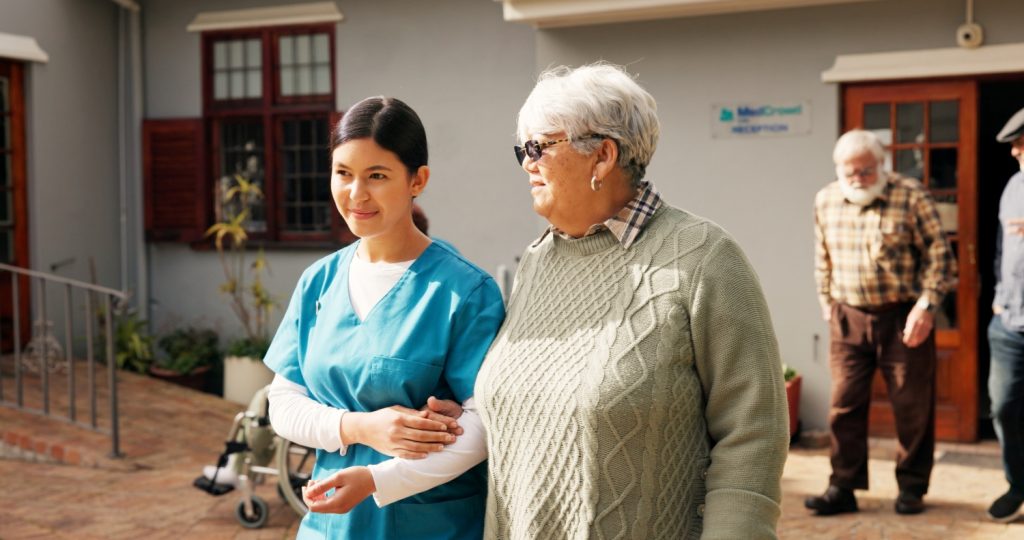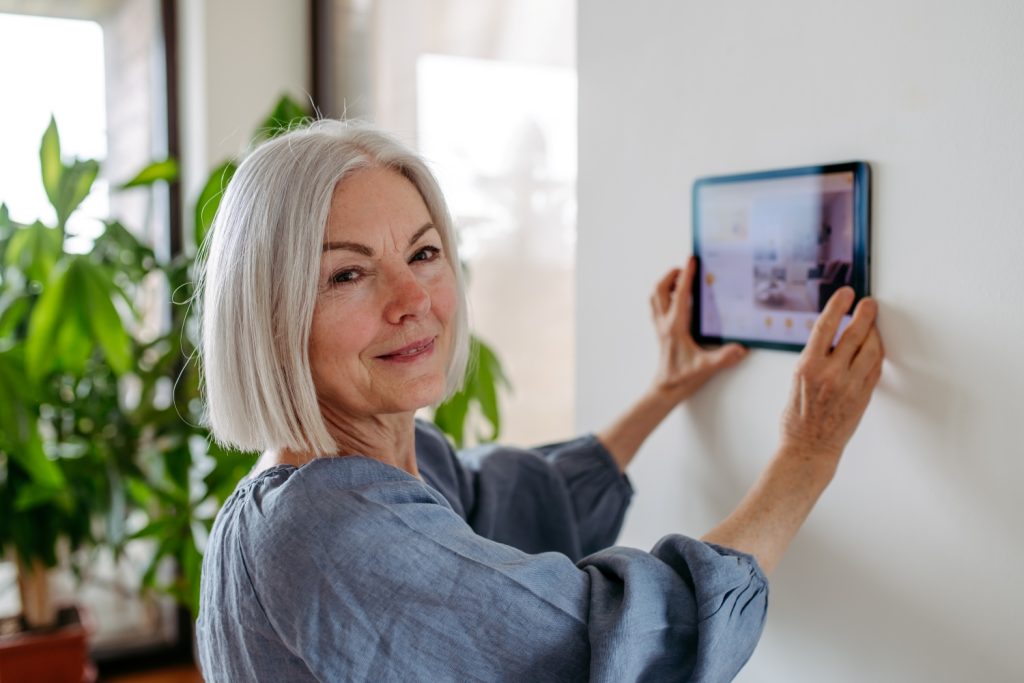The experience of aging while living with HIV remains profoundly isolating for many women. Despite advancements in medical treatments, societal stigma and historical neglect continue to marginalize women diagnosed with HIV, particularly as they age. This isolation is uniquely intensified for women in border states and rural parts of San Diego County, where geographical and cultural barriers compound the already prevalent stigma and shame associated with HIV.
Christie’s Place, through its groundbreaking storytelling project, Healing Hope, addresses these specific challenges by offering a safe, empowering platform for older women to break their silence, reclaim their narratives, and emerge from isolation as engaged community members and vocal advocates.
In 2020, Christie’s Place partnered with California Latinas for Reproductive Justice to adapt their “Speaking Stories” storytelling project, a trauma-informed method of collecting stories from the women of South Central Los Angeles who had experienced abortions and wanted to change the harmful narratives in their community.
Christie’s Place was looking for a similar connection to our clients, from whom many staff had already heard about their incredible journeys of resilience through trauma. Healing Hope became more than a storytelling initiative; it was a lifeline for women living with HIV who sought understanding and validation. One participant shared:
“My son has been watching out for me since he was 5 years old. He’s the one who takes care of me when I’m sick. And to think back about the sad life path we took, I thank God because now there are so many places where they support us—people with HIV. The workshops and tools they provide give us a chance to lead a normal life. I thank all the people who share their experiences so we can learn from them.” (Healing Hope, p.168)
These testimonies reveal the everyday realities and the extraordinary spirits of women who live with HIV, while also challenging misconceptions about HIV—namely, that it is solely the concern of younger people. The courage inherent in their vulnerability disrupts harmful stereotypes, providing insight into the multidimensional challenges older women face.
‘I became confident and hopeful that I had a second chance at my life.’
The process of storytelling, which is central to the Healing Hope initiative, is transformative. Christie’s Place adopted a storytelling methodology rooted in trauma-informed care, inclusivity and ethical practices to ensure that every storyteller’s dignity and authenticity were preserved:
“The tradition of storytelling has been a sacred and cathartic practice for women to share experiences and express emotions…. At Christie’s Place, we frequently witness the transformative impact our clients have on one another as they offer hope, healing, and love.” (Healing Hope, Afterword, p.170)
The therapeutic aspect of storytelling enables participants to confront past traumas and visualize new beginnings. One storyteller, reflecting on the impact of her narrative, articulates her journey toward reclaiming her life and legacy:
“I volunteered for four years in the community; then I became a peer advocate. I served as a peer advocate, and then I got an upgrade to an HIV case manager…. Finally, I started working with clients affected by HIV and substance abuse and got them into housing…. Nothing could stop me.” (Healing Hope, p.99)
Such narratives illustrate the power of storytelling for women who were once silenced by stigma.
Addressing isolation is critical in the Healing Hope project. Isolation among older women with HIV is literal, in terms of social isolation, and symbolic, in the silencing of their stories within broader cultural and medical narratives. Participants articulate how the storytelling project diminished this isolation:
“We met a lot of HIV-positive people. We no longer felt lost and alone…. I became a peer advocate…. Every day I helped women who were finding out they had HIV infection. My life began to change a little every day.” (Healing Hope, p.12)
By engaging with a community of peers, participants moved from isolation to integration, discovering new identities grounded in their collective strength.
Healing Hope also has helped women discover and affirm their legacy and understand the profound importance of their lived experiences. One storyteller expresses this desire poignantly:
“My main goal is to continue to fight on and to be in good health,… so that someday when I have grandchildren, I can be a good example to them and show them the right path.” (Healing Hope, p.168)
Such reflections demonstrate the significance of storytelling as legacy-making—transforming personal trauma into lasting contributions that inspire future generations. Moreover, the participants’ experiences demonstrate how Healing Hope has shaped community and policy advocacy, which is crucial for older women with HIV. Christie’s Place acknowledges this collective strength:
“This compilation of stories is just one effort of Christie’s Place to address the lack of visibility of women living with HIV. Our goal is to foster a cultural shift in harmful narratives that allow HIV-related stigma to persist.” (Healing Hope, Acknowledgements, p.176)
This advocacy extends beyond personal empowerment, influencing public perceptions, healthcare policy, and community support frameworks, ensuring that women aging with HIV receive the recognition and resources they deserve.
Healing Hope‘s success is exemplified by its ability to connect storytelling to broader social change. Participants frequently became educators and advocates themselves, shaping the communities they once felt alienated from:
“I talked a lot about my fear of getting sick and dying…. I spoke at high schools, colleges, conferences, to newspapers, and even on television…. I became confident and hopeful that I had a second chance at my life. My dreams of seeing my boys become adults and have their own families have come to pass.” (Healing Hope, p.12)
Such outcomes emphasize storytelling not only as personal catharsis but as a potent tool for advocacy and systemic change, transforming public discourse and healthcare narratives around aging and HIV.
Ultimately, Healing Hope stands as a testament to the strength of older women living with HIV. The initiative has helped transform their experiences from isolated suffering into a powerful legacy of resilience and community advocacy and illustrate that when women reclaim their voices through storytelling, they not only rewrite their personal histories but also significantly impact their communities and society at large. Christie’s Place continues to nurture this transformative journey, offering hope and healing through the shared strength of storytelling.
Rhea Van Brocklin, EMBA, is the executive director of Christie’s Place, one of the last remaining non-clinical grassroots AIDS service organizations in the United States dedicated to serving women and families impacted by HIV, based in San Diego, Calif.
Photo caption: An illustration from Healing Hope
Photo credit: Courtesy Christie’s Place.


